Reading
1. Work in pairs. One of you looks at picture A, and the other looks at picture B below. Ask each other questions to find out the differences between your pictures.

What do the pictures tell you?
2. Mi and Nick have decided to give a presentation on water pollution to the class. Read what they have prepared and answer the questions.
Water pollution is the contamination of bodies of water such as lakes, rivers, oceans, and groundwater (the water beneath the Earth’s surface). It is one of the most serious types of pollution.
Water pollution can have many different causes. Factories dump industrial waste into lakes and rivers. Sewage from households is another cause. Farms using pesticides to kill insects and herbicides to kill weeds can also lead to water pollution. These factors cause ‘point source’ pollution while pollutants from storm water and the atmosphere result in ‘non-point source’ pollution.
Water pollution can have dramatic effects. In many poor nations, there are frequent outbreaks of cholera and other diseases because of people drinking untreated water. Humans can even die if they drink contaminated water. Polluted water also causes the death of aquatic animals such as fish, crabs, or birds. Other animals eat these dead animals and may also get sick. In addition, herbicides in water can kill aquatic plants and cause further damage to the environment.
So what should we do to reduce water pollution?
1. What does the second paragraph tell you about?
2. What does the third paragraph tell you about?
3. What is groundwater?
4. What are point source pollutants?
5. What are non-point source pollutants?
6. Why do people use pesticides?
3. Read the text again and complete the notes about the effects of water pollution. Fill each blank with no more than three words.
1. If the drinking water is untreated, an outbreak of __________may happen.
2. People drinking contaminated water may __________.
3. Fish, crabs or birds, may also die because of __________.
4. Other animals may become ill if they eat the __________ animals.
5. Herbicides kill both weeds and __________.
Speaking
4. Work in groups and discuss the solutions to water pollution. Make notes of your answers.
_______________________________________________________________________
_______________________________________________________________________
_______________________________________________________________________
_______________________________________________________________________
_______________________________________________________________________
_______________________________________________________________________
5. Now complete the diagram of water pollution. Use the information from the text for the causes and effects and your group’s ideas for the solutions.
| Water pollution Definition: | ||
| EFFECTS - Humans: - Animals: - Plants: | CAUSES - Point source pollutants: - Non-point source pollutants: | SOLUTIONS - - - |
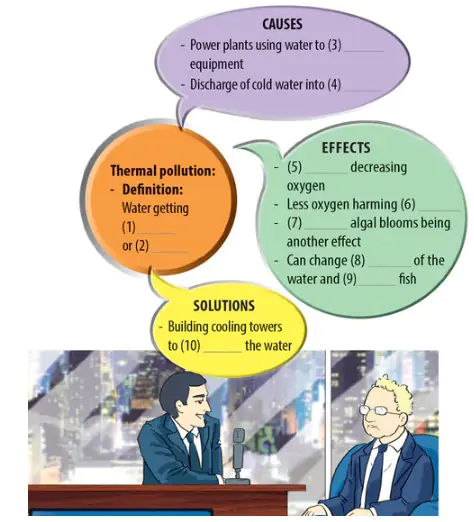
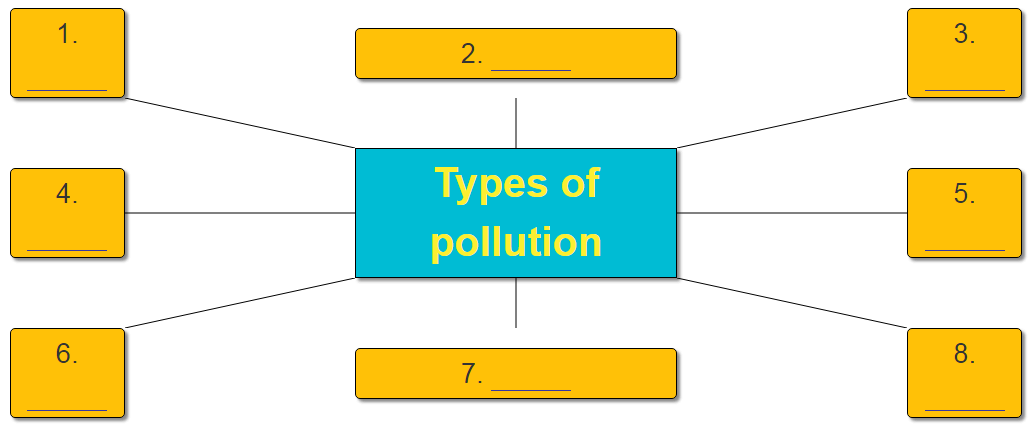
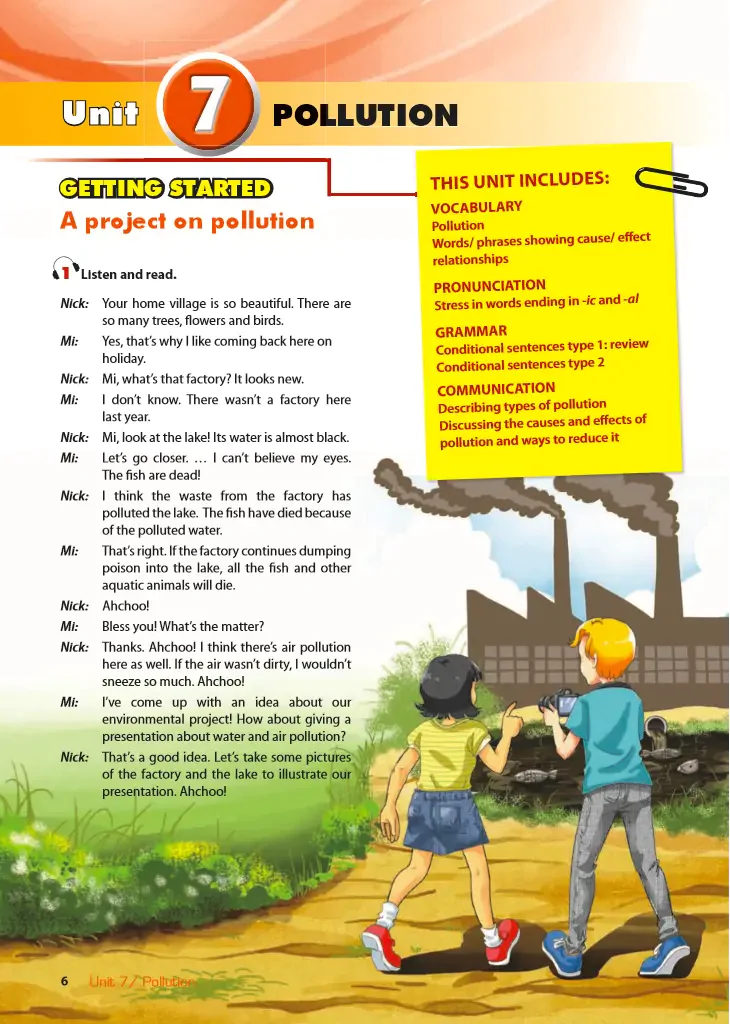
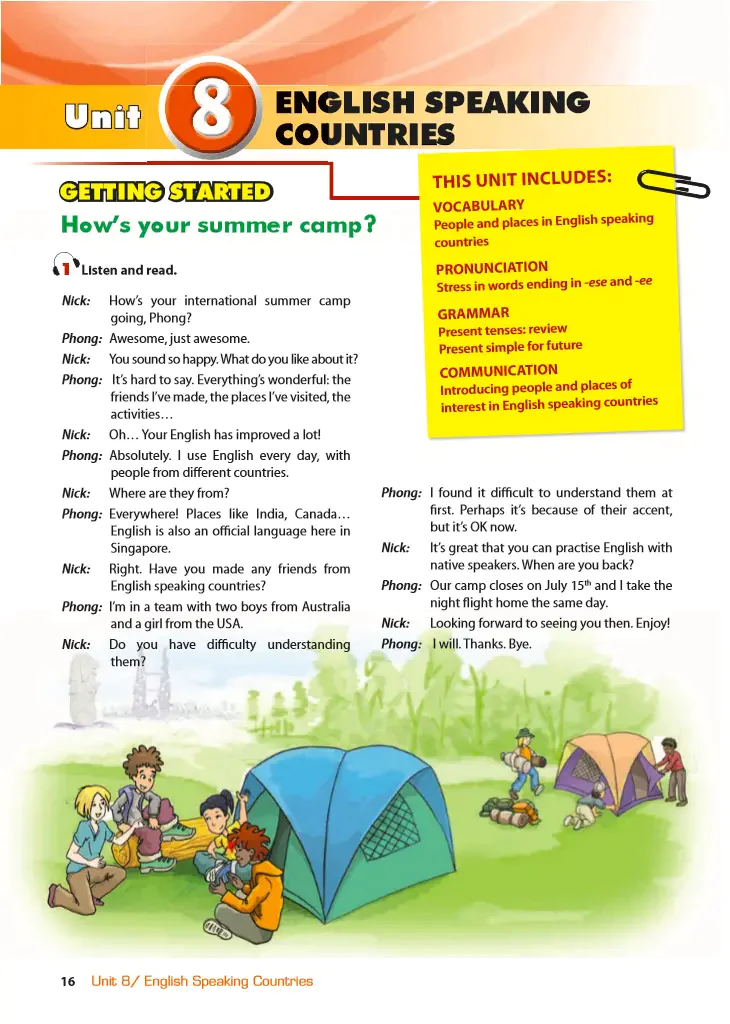
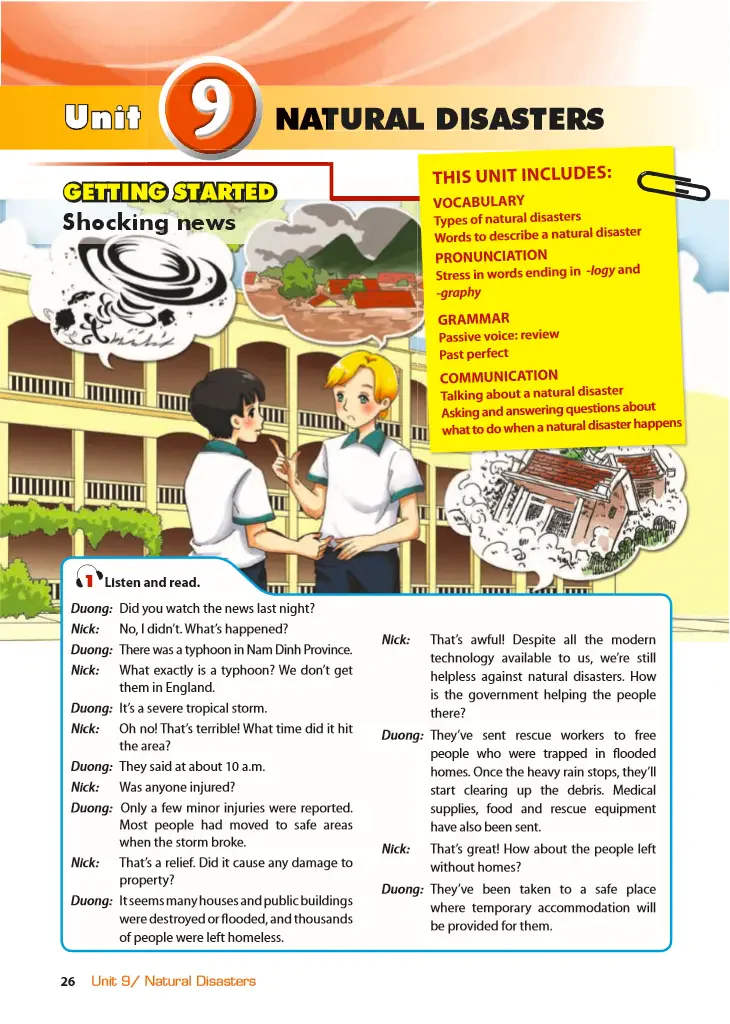
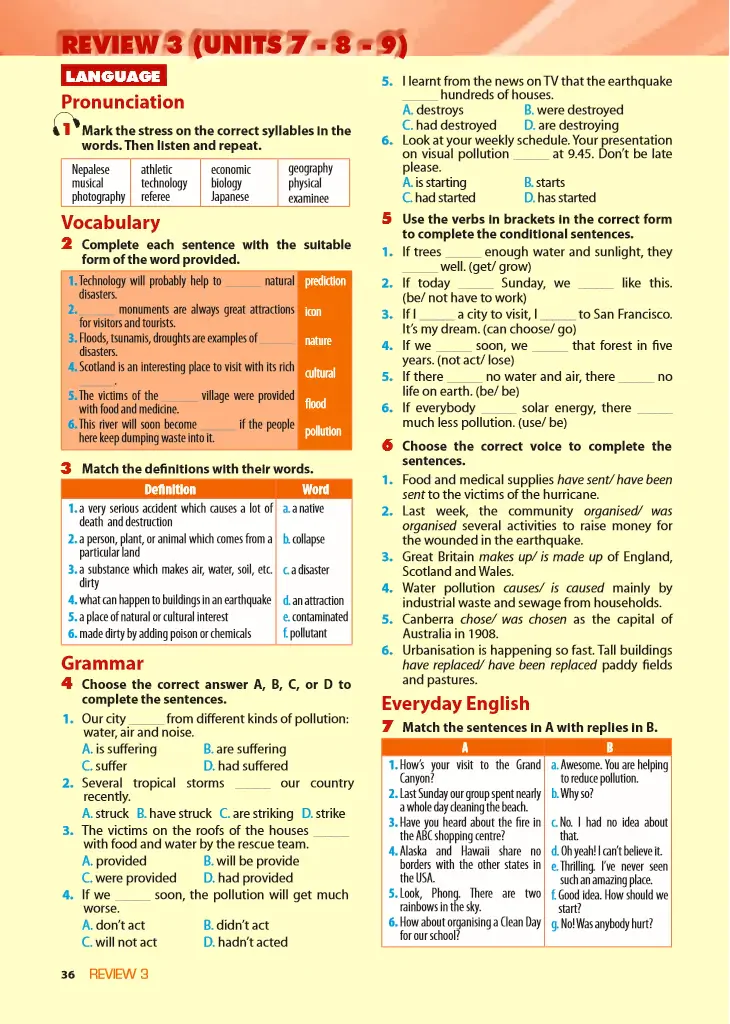
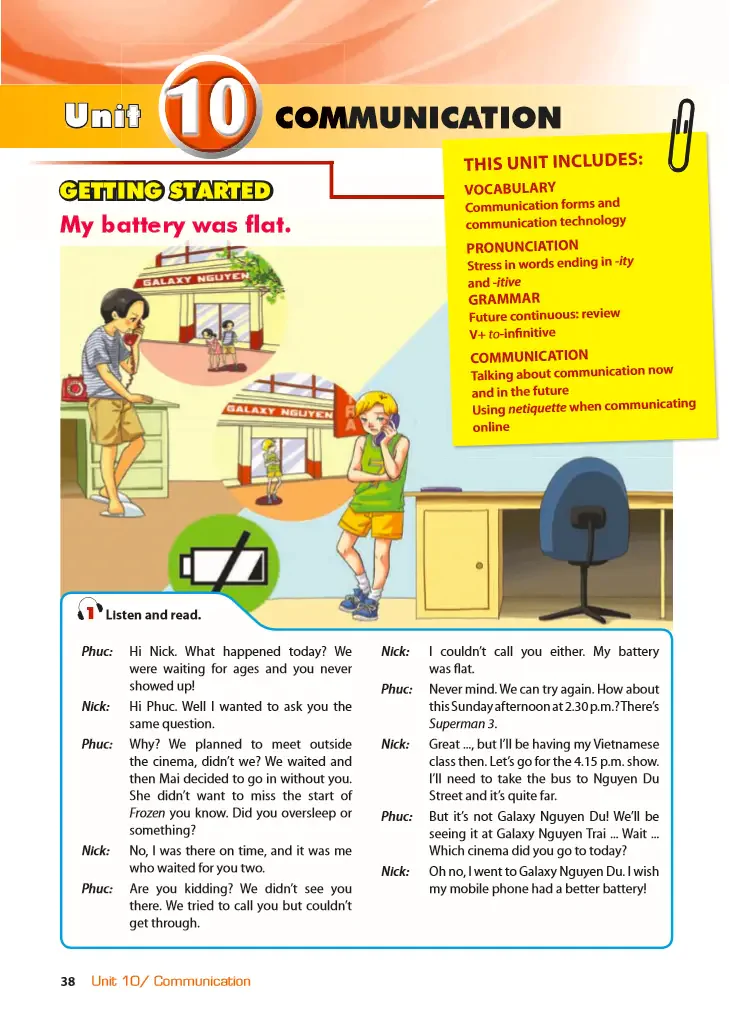
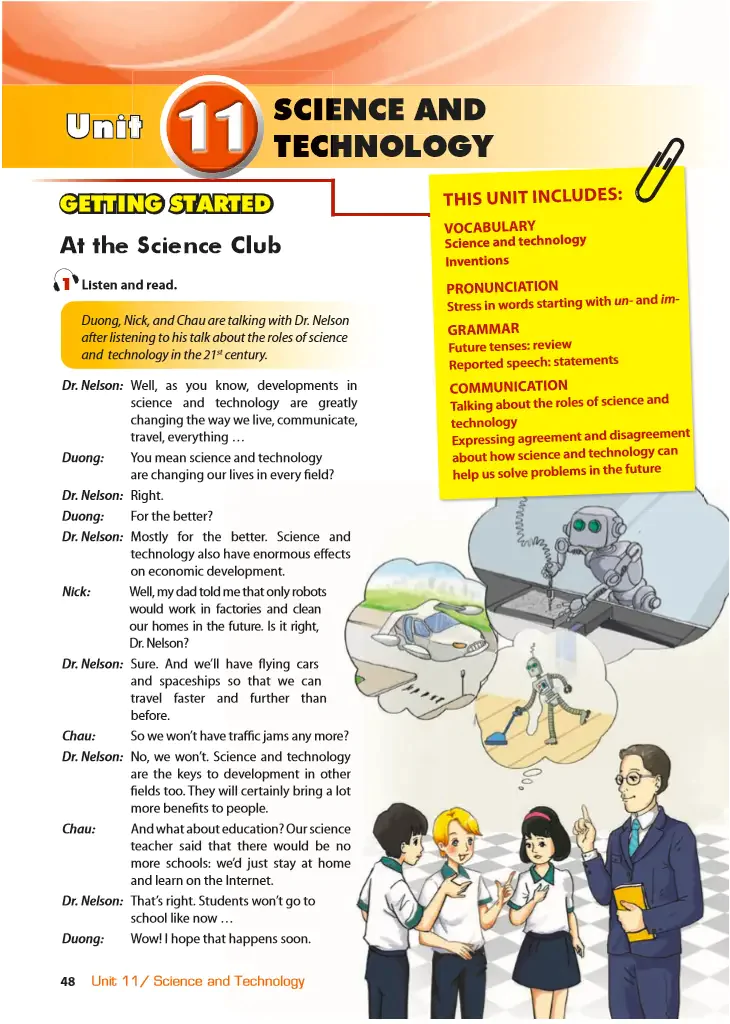

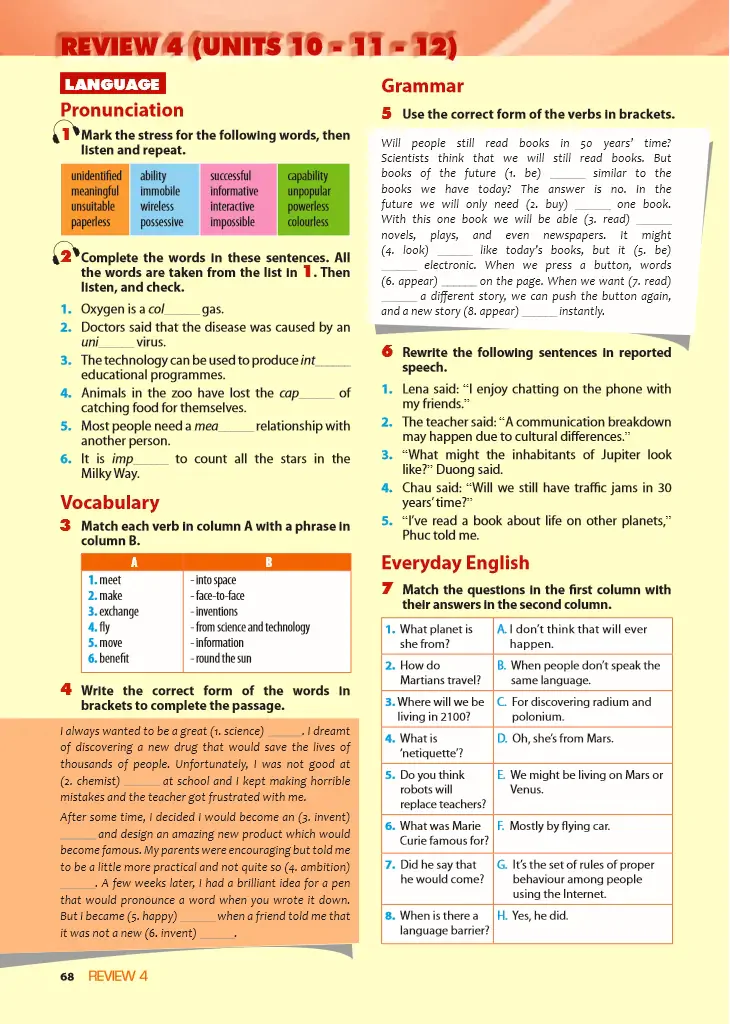



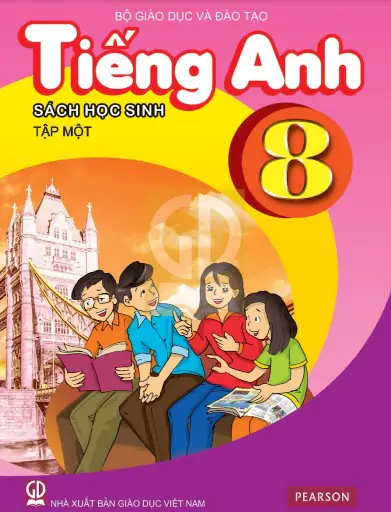

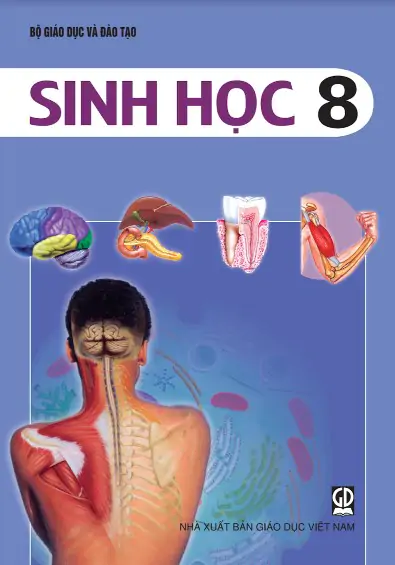
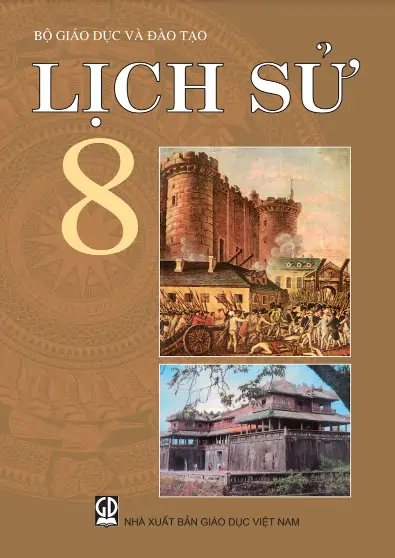
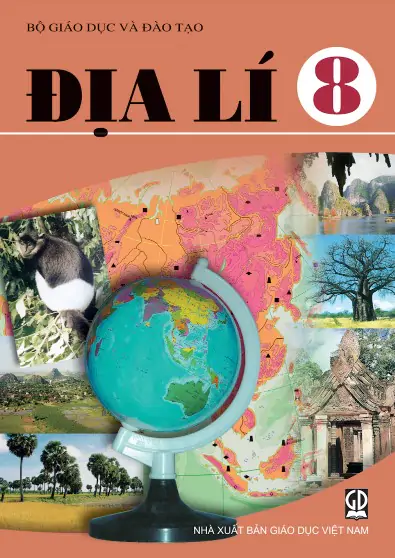


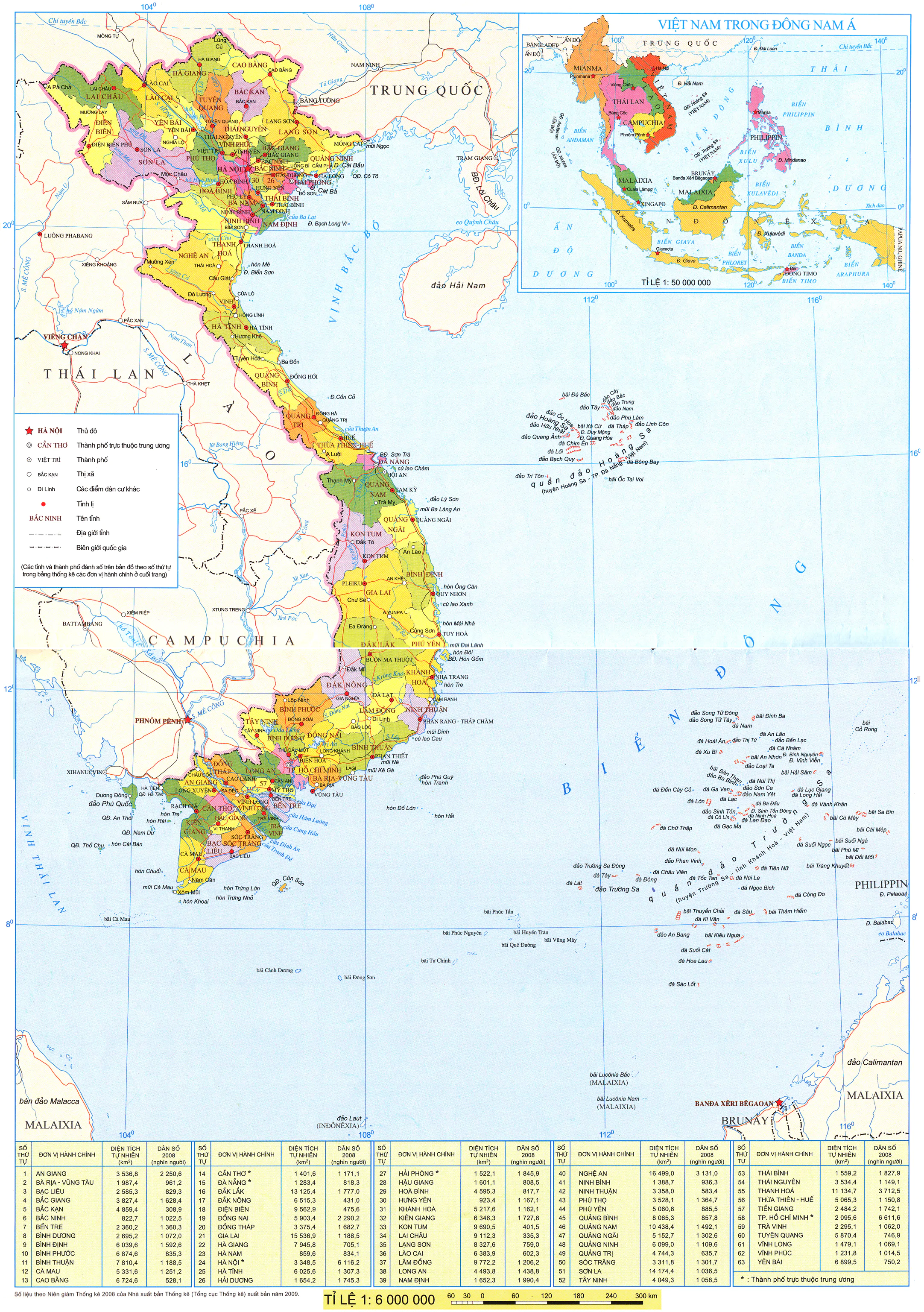
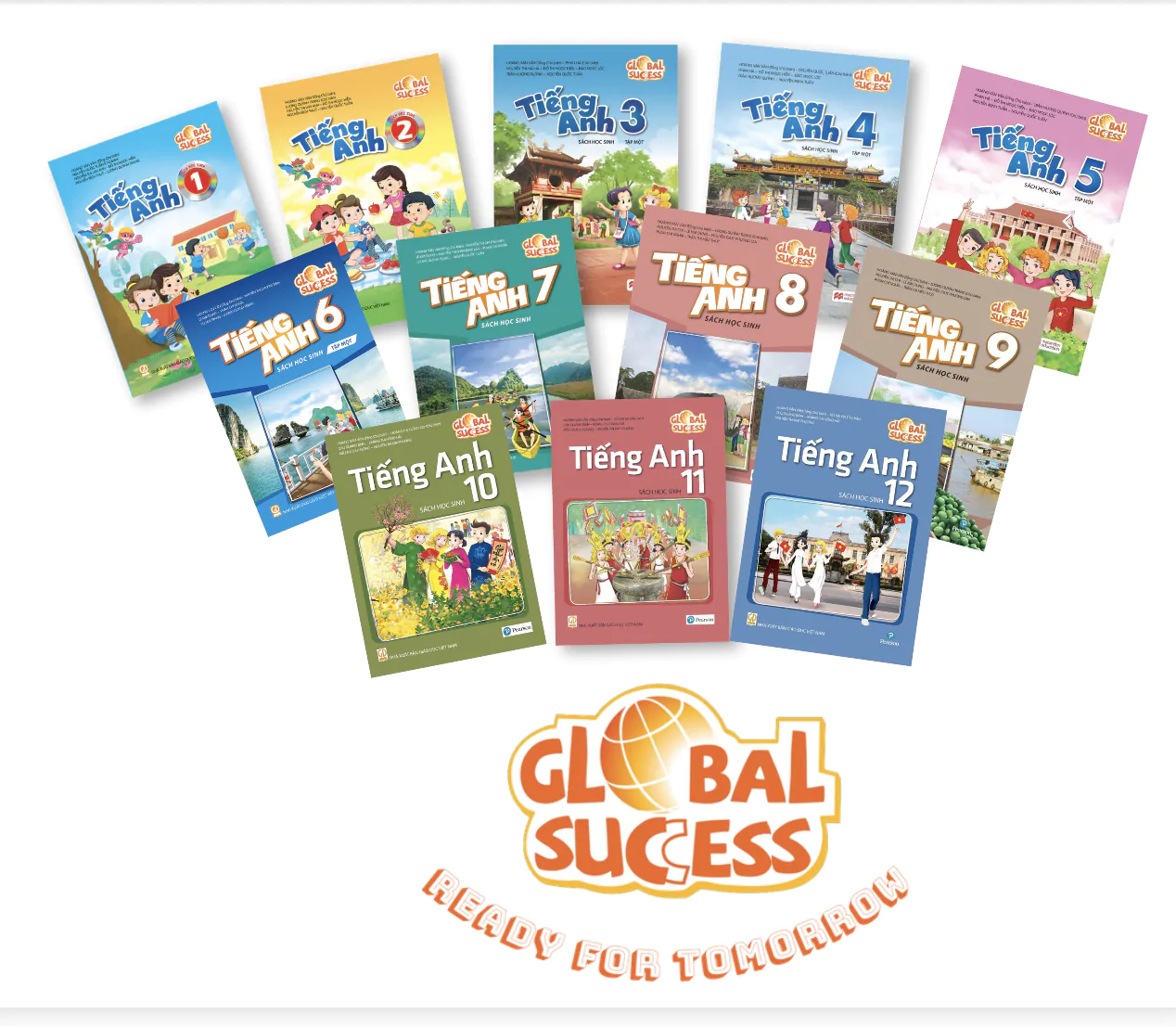

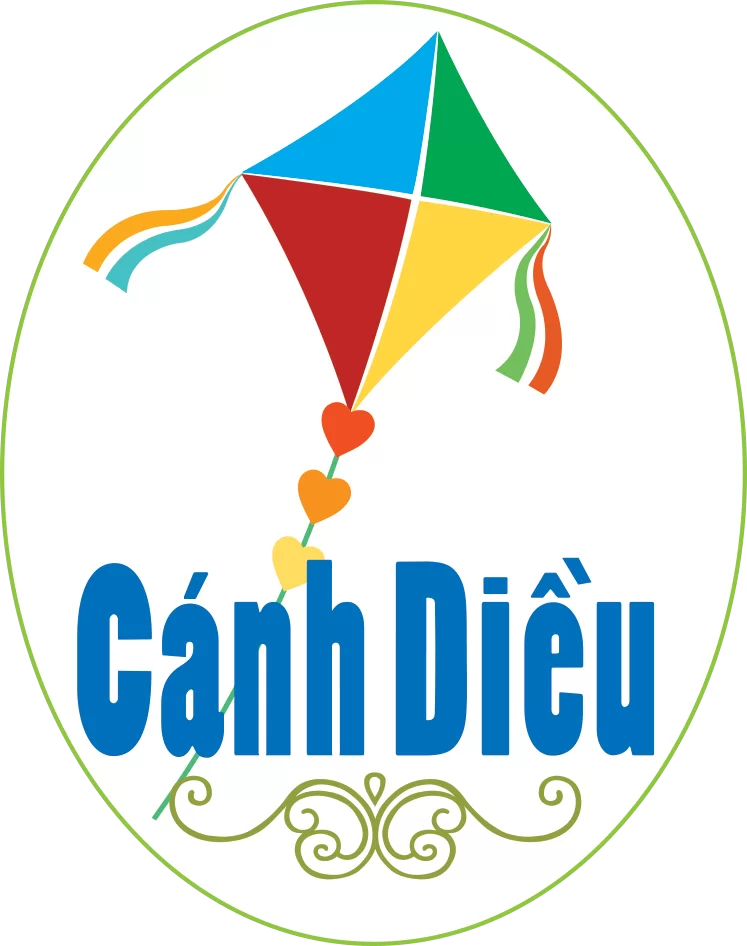













Bình Luận
Để Lại Bình Luận Của Bạn